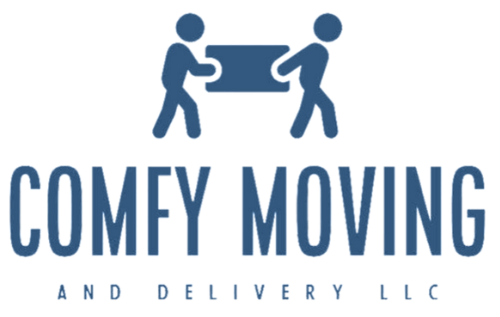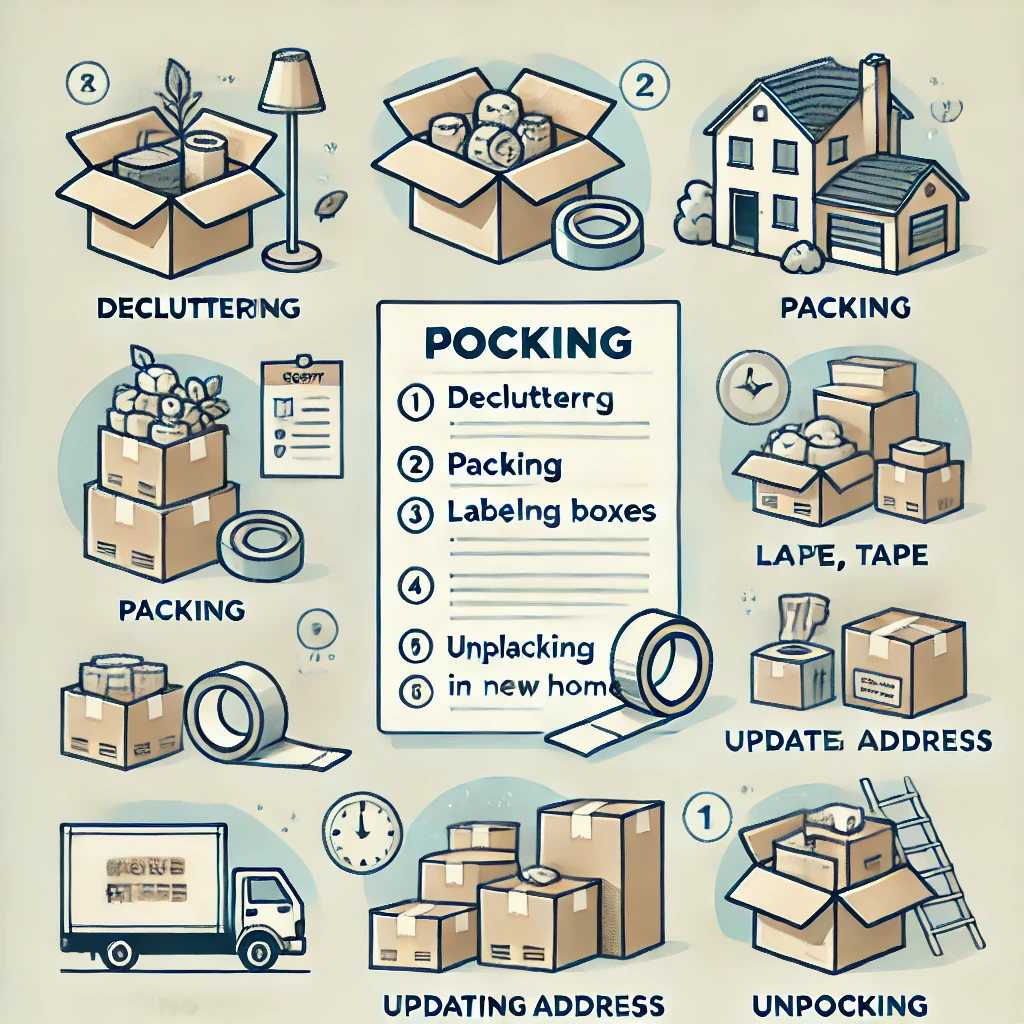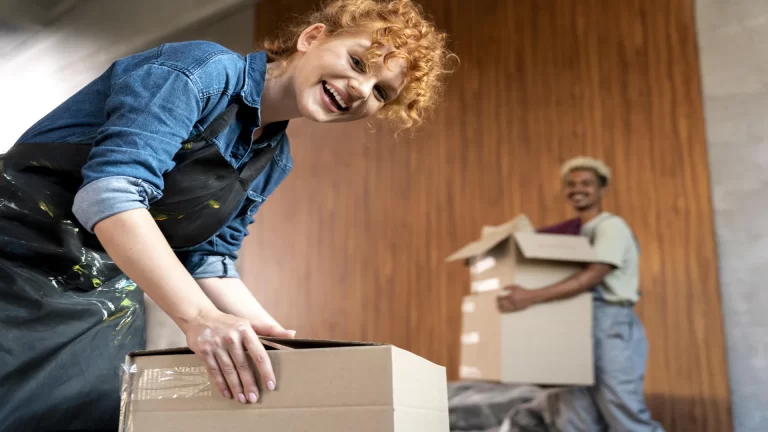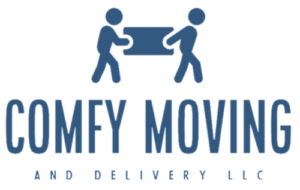Moving Preparation: A Step-by-Step Guide
Moving to a new home is both an exciting journey and a significant undertaking that requires careful planning and organization. To ensure your move is as seamless and stress-free as possible, follow this detailed guide designed to help you every step of the way.
Planning and Checklist
The first and most crucial step in preparing for your move is to create a comprehensive checklist. This list should cover all the tasks you need to accomplish, from the initial packing stages to the final setup in your new home. Begin by outlining a timeline that starts several weeks before your move. Include deadlines for each task to keep yourself on track and ensure that nothing is left until the last minute. The checklist should not only organize tasks but also help you manage the emotional and financial aspects of moving.
Decluttering Your Space
A move is a perfect opportunity to declutter and simplify your belongings. Start by tackling one room at a time, sorting items into categories: keep, donate, sell, or throw away. This not only helps reduce the volume of items you need to pack but also decreases moving costs. Items that have not been used in over a year are prime candidates for donation or sale. Consider the layout and storage solutions of your new home to decide what will realistically fit and be functional in your new space.
Acquiring Packing Materials
After decluttering, the next step is to acquire all the packing supplies you’ll need for a smooth move. Essential packing materials include:
- Quality Boxes: Acquire sturdy boxes in a variety of sizes. Specialty boxes, like wardrobe boxes for hanging clothes and dish barrels for kitchenware, can provide extra protection for sensitive items.
- Packing Tape: Invest in strong packing tape to secure the boxes during transport.
- Bubble Wrap and Packing Paper: These are essential for wrapping fragile items. Newspapers can also be used for padding but may leave ink stains on items.
- Permanent Markers and Labels: Clearly label each box with its contents and the room it’s destined for in your new home. This will simplify the unpacking process and help movers know where to place each box.
Early Packing Strategies
Begin packing as early as possible, starting with the items you use infrequently. Create a system that keeps your packing organized: label each box comprehensively, noting not just the room it belongs to but also a brief description of its contents. For items you’ll need up to the day of the move, such as kitchen utensils and toiletries, pack them last and label these boxes as ‘open first.’ This strategic approach will reduce the chaos and stress when you arrive at your new home.
Updating Your Address
It’s crucial to notify all necessary parties about your move. This includes utility companies for electricity, water, and gas, as well as internet and cable providers. Notify the post office for mail forwarding and update your address with banks, insurance providers, and subscription services. Doing this well in advance will ensure a seamless transition of services and prevent any lapses in communication or service availability.
Choosing the Right Movers
Deciding whether to hire professional movers or to manage the move with the help of friends and family depends on the volume of your belongings and the distance of your move. If opting for professional services, thoroughly research and select a reputable company. Look for reviews, check their insurance policies, and compare quotes from different movers. Booking movers well in advance is crucial, especially during peak moving times like summer or the end of the month.
Preparing the New Home
Before moving day, make sure your new home is ready. This could involve cleaning, painting, or immediate repairs that will make the house livable. If possible, set up utilities in advance so that services like electricity, water, and internet are working from the moment you move in.
The Big Move
On moving day, keep your checklist handy and ensure that everything goes according to plan. Supervise the movers or coordinate with your friends and family to ensure that each box ends up in the correct room and that special care is taken with fragile items.
Unpacking and Settling In
Once you’re in your new home, begin by unpacking the essentials. This initial setup will help you function daily as you gradually unpack the rest. Prioritize the kitchen, bathrooms, and bedrooms to quickly create a livable space that feels like home.
Embracing Your New Environment
After the unpacking is complete, take some time to explore your new surroundings. Introduce yourself to your neighbors, discover local amenities, and start integrating into your new community.
Following these steps can transform a typically chaotic experience into a managed, efficient move that sets you up for a great start in your new home.









